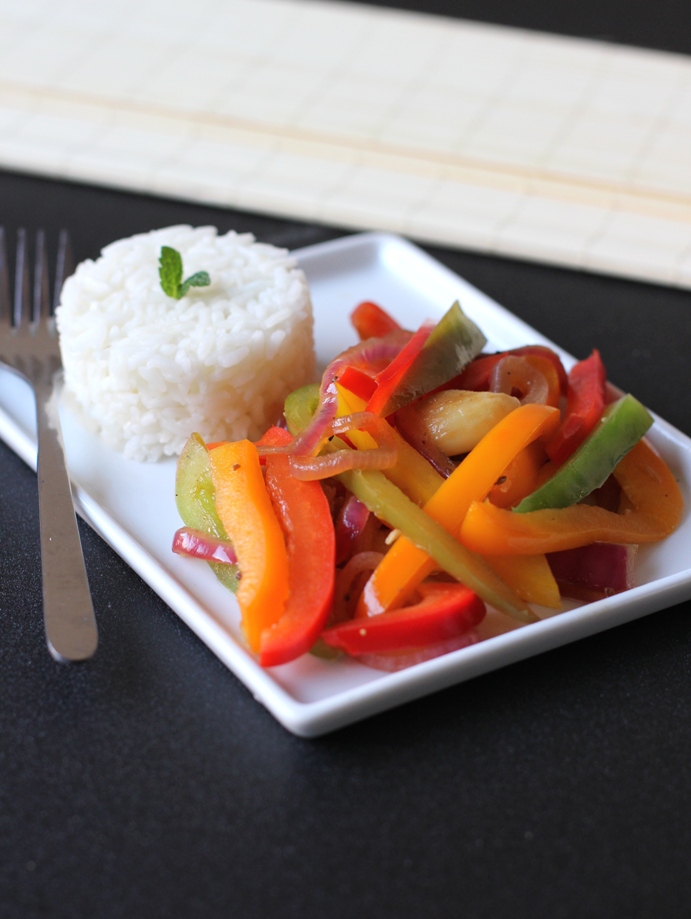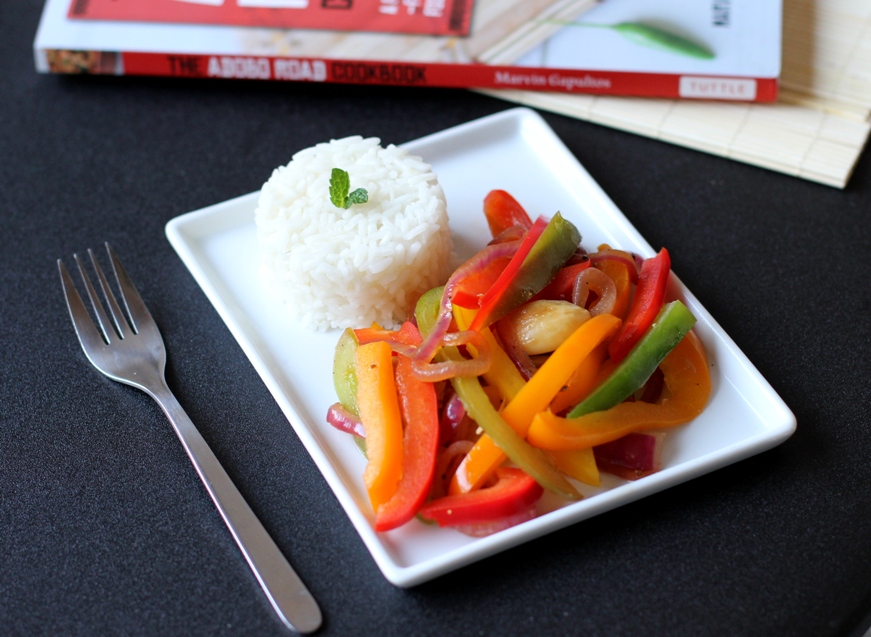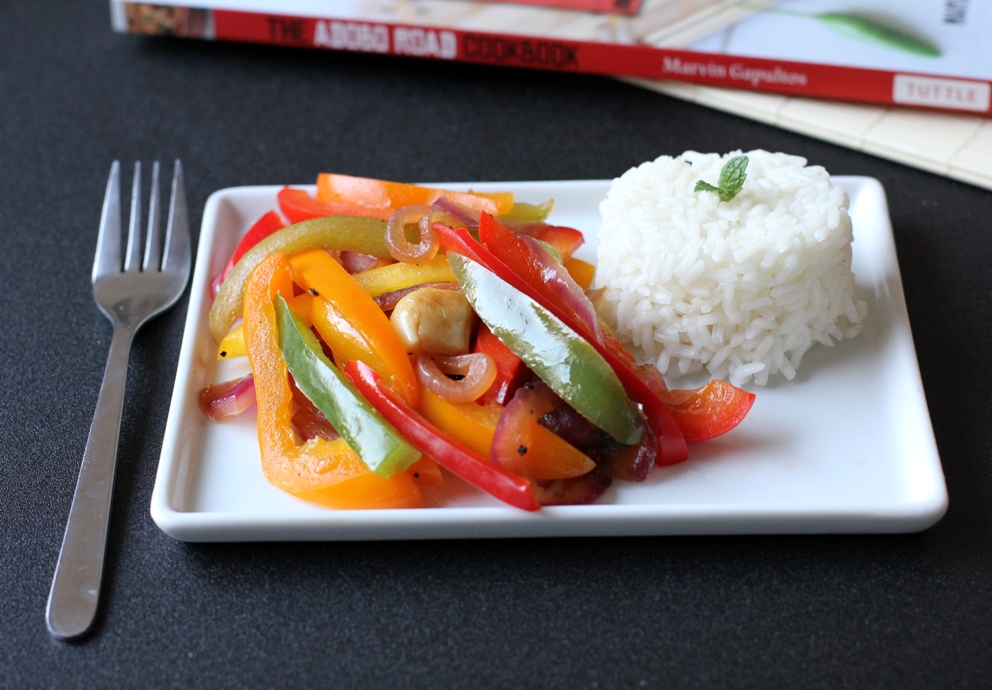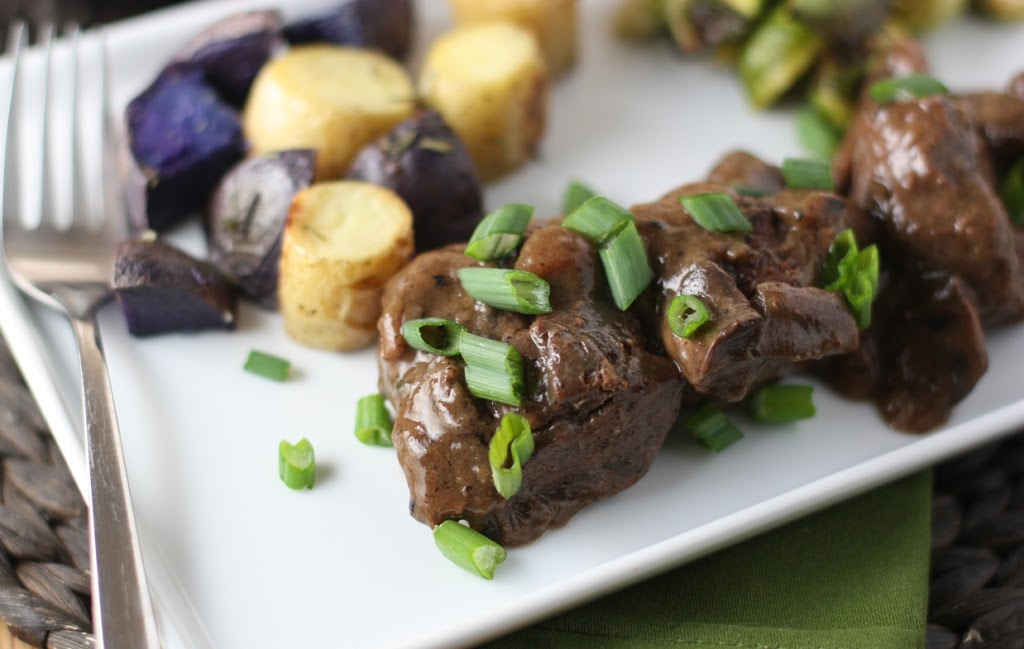Over the years, one of my favorite things about having this blog has become reviewing cookbooks. There are a lot of great cookbooks out there. To be honest, I have never reviewed any that were bad. But what makes a cookbook excellent to me, what makes it stand out among all the others, is when I can sense the passion for the food as I read the pages.
Lately I’ve had the opportunity to review several, but what I don’t always get to do is interact with the authors. Since our move to the Bay Area, one thing I am loving is that I can meet some of these cookbook authors at cookbook signings in the city.
That was the case with The Adobo Road Cookbook: A Filipino Food Journey-From Food Blog, to Food Truck, and Beyond by Marvin Gapultos (also the author of Burnt Lumpia). I received a review copy of the book and I was invited to the book signing at Omnivore Books. Having the chance to read it before the signing, I could not wait to learn more about the passion behind this book.
Yes, this book falls in the excellent category for me. The stories behind each recipe make you want to start creating, and continue to savor, family food memories of your own.
We haven’t been to the Philippines yet, but I’m continually intrigued by this cuisine. The tangy adobos and tasty lumpias, I’ve been wanting to try more dishes and The Adobo Road stepped right in with plenty of opportunities to do so. The best part is that the the recipes have a unique quality of being authentic without overwhelming the cook.
I enjoyed myself so much at the signing. Marvin described more about how the book came to be, and about the work that went into translating family cooking and memorized steps into a measured and written recipe that he could share with readers.
I knew what I was going to make prior to the signing, but I was even more encouraged when someone in the group asked what a person new to Filipino food should cook for the first time. His answer? An adobo. When I told Marvin that I hoped to make his Vegetarian Adobo for the blog, he told me more about his grandfather’s dish and how he hasn’t found the exact pepper used, but that this was incredibly close.
I’ve never made adobo before and the Vegetarian Bell Pepper Adobo (Adobong Sili) stood out for me due to it’s flavor and simplicity. In fact, I thought that it might be too simple or not as exciting as I hoped.
I underestimated its potential. I loved this dish! I wanted it to be as authentic as possible so I ordered the coconut vinegar online. I really think the slightly sweet flavor of this made the adobo. I’m so glad I decided to get it. Especially because it means there are more adobo dishes in my future.
If you’ve considered trying to make Filipino foods in your kitchen, definitely start with this book. The best way to describe it is easy authentic with plenty of passion to get you inspired!
Vegetarian Bell Pepper Adobo Adobong Sili
Copyright © 2013 Marvin Gapultos. Reprinted with permission from Marvin Gapultos and Tuttle Publishing.
Serves 4–6
Prep Time: 15 minutes
Cooking Time: 30 minutes
2 tablespoons oil
1 red onion, thinly sliced
5–6 cloves garlic, smashed with the side of a knife and peeled
4 bell peppers of differing colors (green, red, yellow, orange), deseeded and cut into thin strips
¼ cup (65 ml) Filipino coconut vinegar, or distilled white vinegar
¼ cup (65 ml) soy sauce
¼ cup (65 ml) water
1 tablespoon brown sugar
1 teaspoon freshly ground black pepper
1 bay leaf
Heat the oil in a large sauté pan over moderately high heat. Add the onion and garlic and sauté until the onion is soft and translucent, 3–5 minutes. Toss in the bell peppers and sauté until they just begin to soften, 3–5 minutes.
Pour in the vinegar, soy sauce and water, stirring to scrape up any browned bits from the bottom of the pan. Stir in the brown sugar and black pepper, and add the bay leaf. Increase the heat to high and bring the liquid to a boil.
Reduce the heat to low, and simmer uncovered for 20 minutes, or until the bell peppers become tender but not mushy. Discard the bay leaf and serve the adobo with steamed white rice.
From the book:
Adobo: What’s in a name?
Despite foreign influence on Filipino cuisine, Filipino adobo is indigenous and unique to the Philippines, existing before colonial rule. In the Philippines, “adobo” refers to a technique, rather than a singular dish. In the Spanish context, adobo generally refers to a marinade used to flavor meats, whereas Mexican adobo refers to any number of spices. In all likelihood, Spanish colonists simply applied their term to what the Filipinos were already cooking and eating because it was similar in appearance to Spanish adobo, though not prepared the same way.
Disclosure: This book was sent to me for review purposes. I was not required to post about it and received no compensation for doing so.










I don’t know if I’ve ever had Filipino food…the HORROR! I need to change that asap, what a beautiful dish, lovely contrast against the white rice.
Emily – It’s very new to me. I need to find some restaurants around here to try some new dishes as I make more of my own.
A great review of this book, and this dish sound so healthy and colourful..